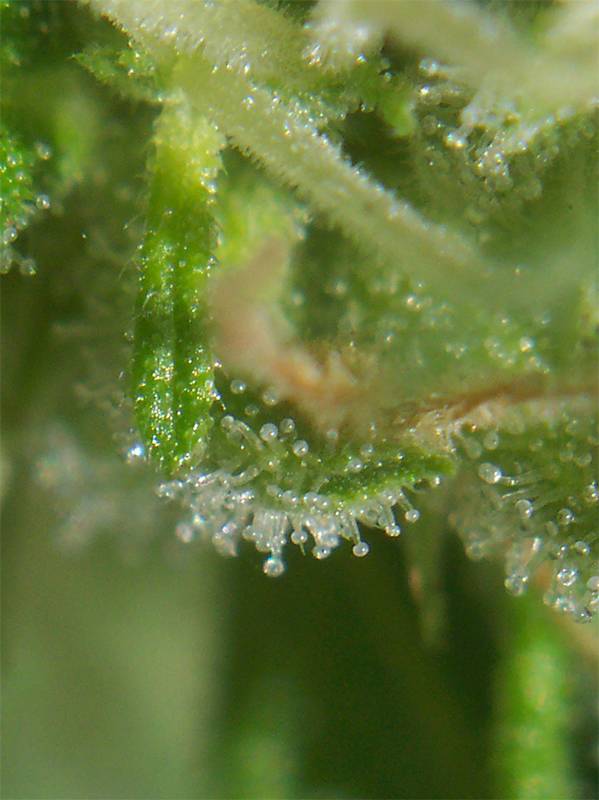Hello all,
Yeah, but be sure to ferment that which is nutriant rich to extract what you can. But do it seperately from the bacteria. Once the fermented mix has been diluted or even had a airstone bubbling it to remove the alcohol.
The alcohol will kill the Bacteria we seek to populate.
As to using beer- top a can and leave for a few days and use that.
Just my opinion- I have yet to try it so just thinking things through.
minds_I
Yeah, but be sure to ferment that which is nutriant rich to extract what you can. But do it seperately from the bacteria. Once the fermented mix has been diluted or even had a airstone bubbling it to remove the alcohol.
The alcohol will kill the Bacteria we seek to populate.
As to using beer- top a can and leave for a few days and use that.
Just my opinion- I have yet to try it so just thinking things through.
minds_I








